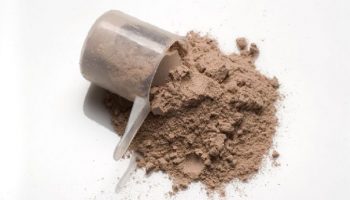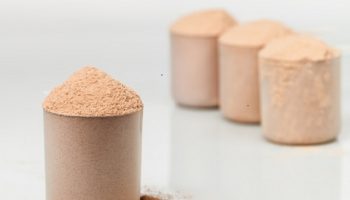According to a study, The Global Whey Protein market was valued at USD 5.4 Billion in 2014 and is expected to reach USD 8.4 billion by 2020. And thus with the rise in demand and cutting edge competition, protein suppliers are forced to supply premium quality supplements at a price that attracts the customers. However, it’s not as simple as it looks.
In this article, we’re going to explain how top protein supplement companies may be robbing you of your money with cheap fillers and amino acids instead of high-quality protein plus we are going to tell you how you can avoid getting cheated.

Taurine and Glycine in your protein supplement
Taurine and Glycine are the most common amino acids used by companies to spike your protein supplement. Although Taurine and Glycine occur naturally in protein, some companies add a considerable amount of both to manipulate your supplement protein stats.
Related article: The perfect guide to protein spiking
Let’s dig deeper into the matter
You may ask – What’s the problem with adding taurine and glycine in supplements. Because basically, Taurine has many advantages and is not dangerous at all. But you will have to give a thought when I say that your 25g of protein scoop is nothing but 20g of real dietary protein and 5g of other amino acids that have very fewer advantages.
You certainly don’t wish to pay more for cheap fillers and amino acids. Do you?
How companies benefit from such practice?
The price per pound of taurine and glycine are relatively very less compared to per pound prices of whey protein concentrate. So to save a lot of money and earn greater profits, companies substitute high protein for few grammes of cheap amino acids.
‘But hey, that’s cheating! Isn’t that illegal?’
Well, you will be surprised to know that – both glycine and taurine, due to the presence of nitrogen-based bonds, are technically considered as “protein” according to guidelines.
So, during certificate testing, your protein supplement gets stamped for approval with 25gm of protein per scoop but that’s 20gm + 5gm of fillers.
There are several loopholes in the guidelines set by FSSAI, which makes it possible for companies to cheat their customers and still stay compliant by the law.
A major mistake by the FSSAI – Use of Kjeldahl method for calculating protein in milk, dairy and dairy-based supplements
The Kjeldahl method was invented by Danish chemist Kjeldahl in 1883. This method is used to determine how much nitrogen is present in a chemical substance.
Although this method works perfect for determining nitrogen in the given specimen, it’s timeworn and outdated when it’s about measuring dietary protein since so many compounds contain a nitrogen bond.
Related article: Truth behind high protein low carbohydrate diet weight loss
Converting Nitrogen to Protein is entirely based on estimation
According to the definition, if you take the total nitrogen content in a specimen and multiply it by 6.25, you will get the full amount of protein in the sample.
The number 6.25 is nothing but an assumption based on a result that showed average nitrogen content of proteins was about 16% that is 1/0.16 = 6.25.
The real problem –
When tested with Kjeldahl method, 1gm of glycine was registered with 1.19gm of protein, 1gm of Creatine monohydrate recorded as nearly 2gm of protein.
But that’s not dietary protein!
How you can avoid getting cheated
The basic rule of thumb says – DO NOT BUY PROTEIN WITH CREATINE INSIDE IT!
Moreover, do not buy any product that has higher than per gm per scoop amount of added taurine and glycine. And you should also seek the complete ingredients list of the supplement along with amino acids disclosure.





